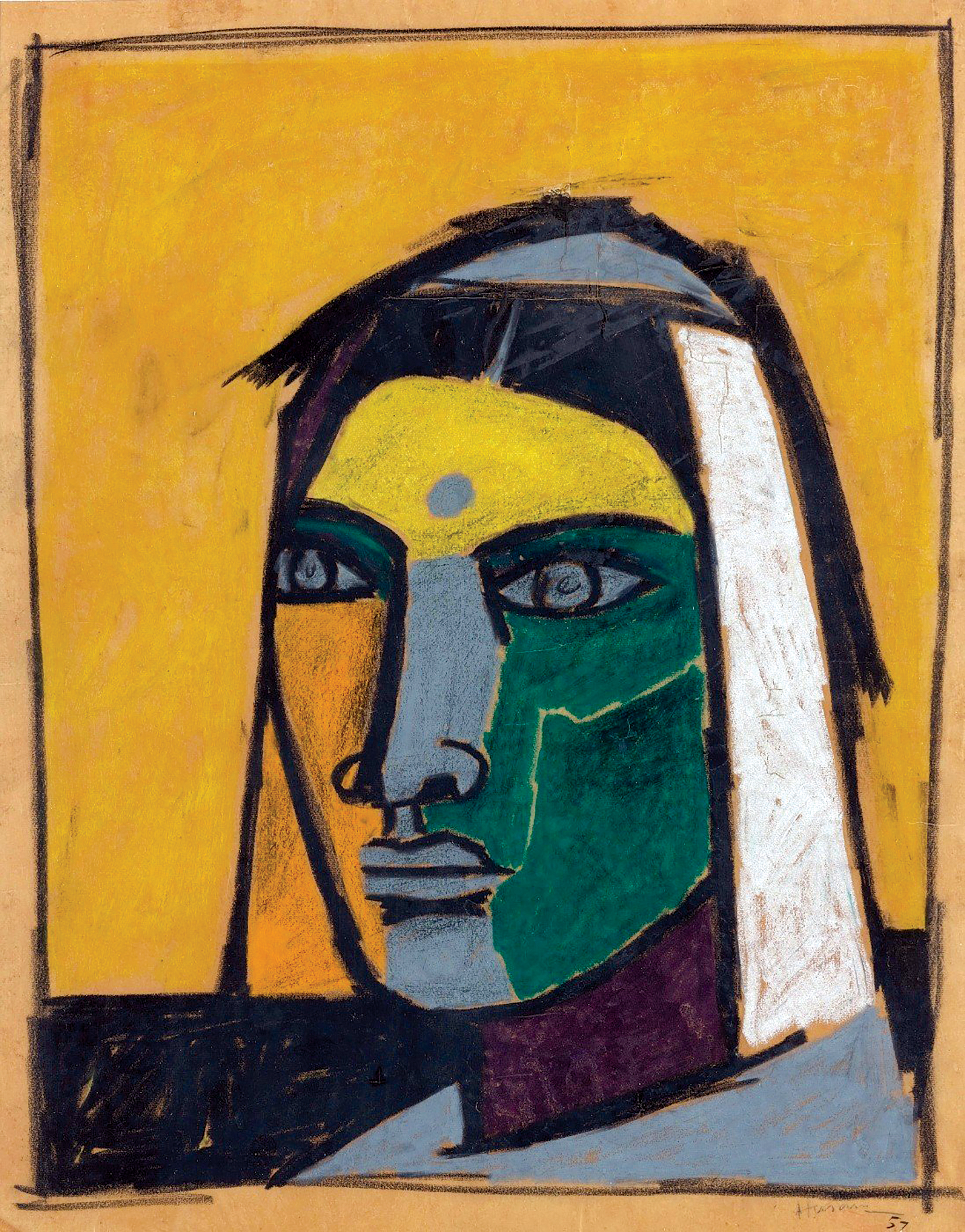
There is undoubted merit in this effort to put together portraits of 22 women from the Indian sub-continent who wielded monarchical power over their kingdoms in centuries past. It is a valuable addition to feminist literature, reminding the world that sundry dynasties were as safe in the hands of royal women as they were in the hands of their brothers and fathers.
However, there is a problem with the presentation of the material. In Archana Garodia Gupta we have only a researcher, not a captivating storyteller. The result is that the reader gets lost in a maze of historical facts that she deemed necessary for providing a context to the women’s reigns. This is not completely the author’s fault, as very little is known about most of these women. Eulogies were not written about most of them by contemporary writers, as happened with Rani Lakshmibai of Jhansi. How, then, can an author put together a respectable amount of wordage to feature them in a full-length book?
Another limitation for the reader comes from the print format. The reader cannot fast forward, as in a video, or search for mentions of the lady as in a pdf, to get to the part where our heroine is described. Perhaps a better format for such material is historical fiction, a genre that a handful of authors attempted last year with Padmavati, piggybacking on the controversies surrounding a film based loosely on her life.
Picking out the needles from the haystack, this reviewer found the following interesting anecdotes:
Taken as a whole, a picture emerges from the book of how difficult it was for women to rule in the era before independence. They came from prominent dynasties, but that did not protect them facing a lot of resistance from within their kingdoms, with the male ego hurt by the prospect of being answerable to a woman. Over and above that, neighbouring rulers perceived them to be weak because of their gender and were emboldened to attack their kingdoms. They also saw a lot of bloodshed, very often within their families — and were not averse to cold-bloodedly ordering such killings. Power does corrupt.
Perhaps the best people who could draw inspiration from this book are the women politicians contesting the Lok Sabha elections. They could pick up these icons from their regions and bask in their glory. Nothing works better than a narrative built around a glorious past when the future is so uncertain. n
He was accompanied by Uruguay great and close friend Luis Suarez and Argentina teammate Rodrigo…
A team of the Goa Police, along with the Luthra brothers, landed at the Manohar…
Johar celebrated the news by sharing the screenshot of Oscar's list that mentions "Homebound" in…
An AQI between 0 and 50 is considered 'good', 51 to 100 'satisfactory', 101 to…
UN Secretary General Antonio Guterres will attend the India–AI Impact Summit 2026 that will be…
From Connaught Place to Buddha Jayanti Park, Delhi’s quiet community of outdoor readers finds warmth,…